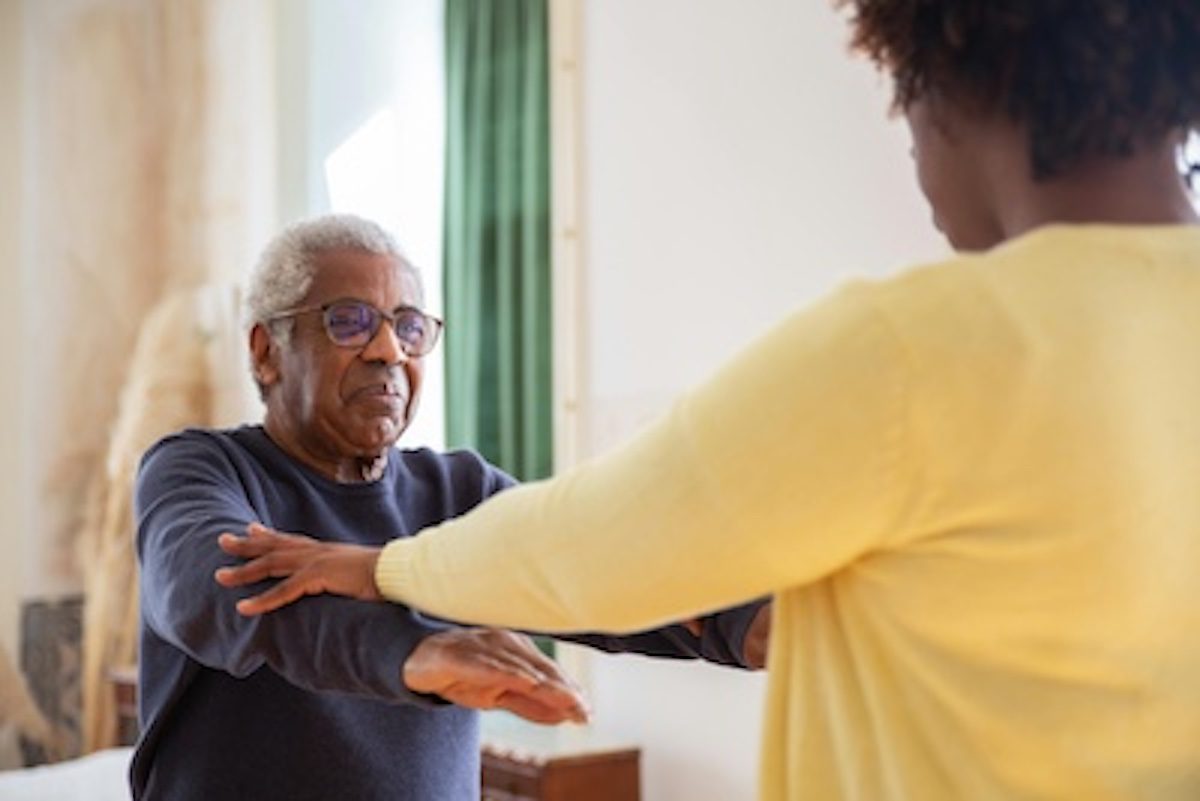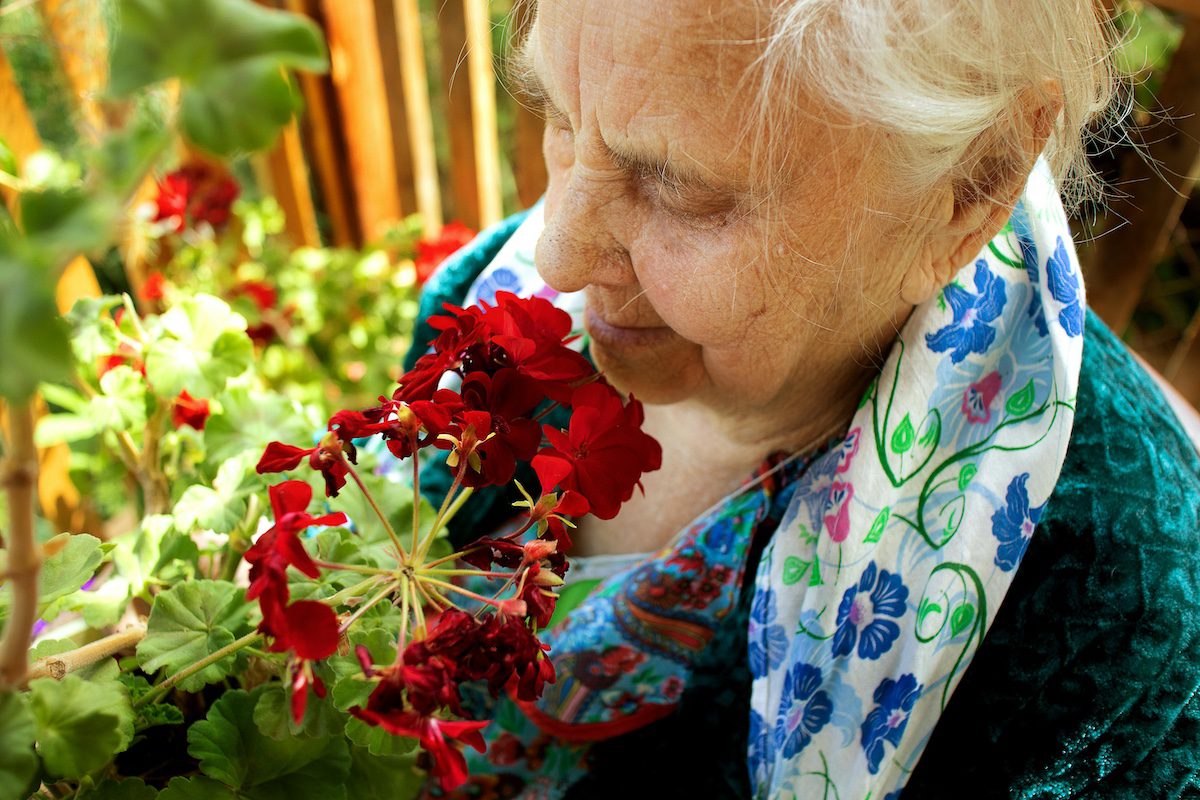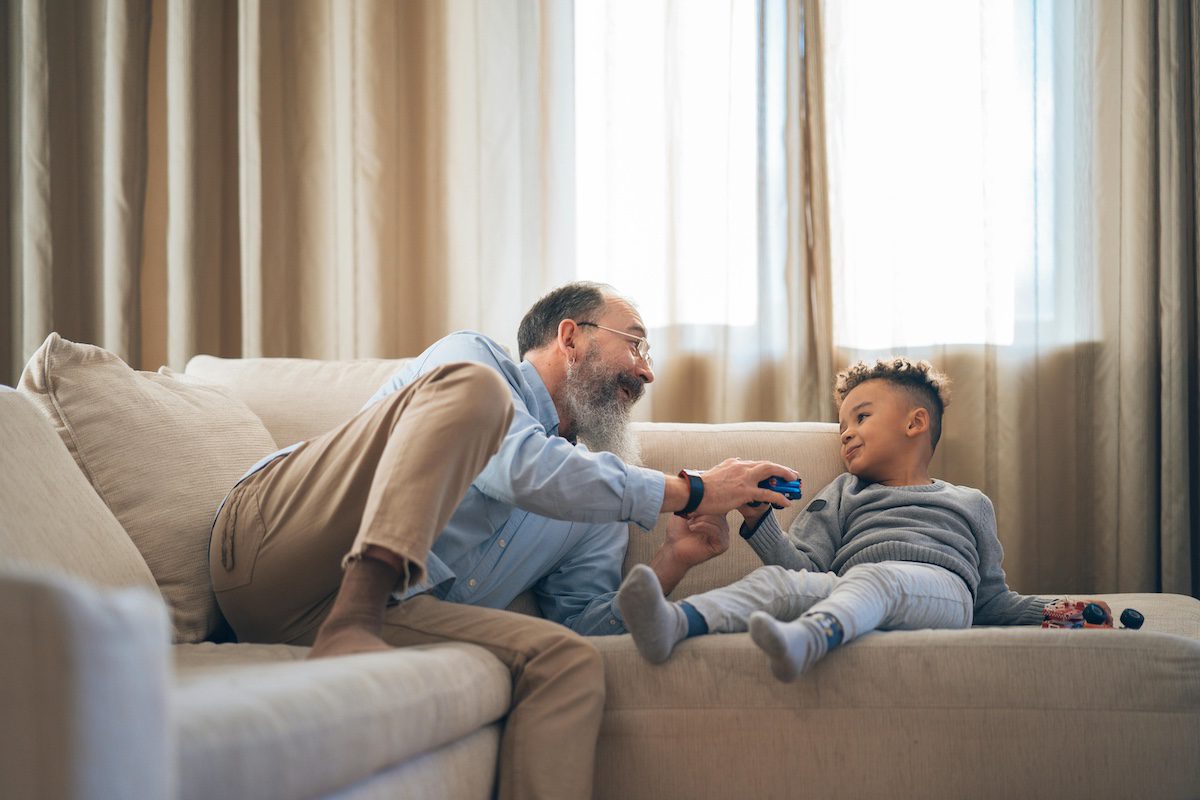When a loved one is in hospice care, the focus is often on comfort and maintaining quality of life during their final stages.
While hospice care typically revolves around pain management and emotional support, physical well-being is also an important component of maintaining dignity and comfort. One often-overlooked aspect of hospice care is light exercise.
Gentle movement and physical activity can bring numerous benefits to hospice patients, even in the advanced stages of illness.
In this post, we will explore how light exercise can benefit hospice patients, its role in enhancing comfort, and how caregivers can incorporate physical activity into their loved one’s routine.
Understanding the Role of Hospice Care
Hospice care is a specialized form of care designed to provide comfort and support to individuals who are facing terminal illnesses. It focuses on symptom management, pain relief, and emotional and spiritual support rather than attempting to cure the underlying illness.
Hospice care can be provided at home, in a hospice facility, or in a hospital setting, depending on the patient’s needs. The goal is to enhance the patient’s quality of life during their final days by ensuring they are as comfortable as possible.
While hospice care is primarily focused on easing the physical and emotional burdens of a terminal illness, it also emphasizes maintaining the dignity and well-being of the patient. Physical activity, even in light forms, can play an essential role in achieving these goals.
The Importance of Physical Activity in Hospice Care
While patients in hospice care may be dealing with significant physical challenges, including pain, fatigue, and limited mobility, research has shown that physical activity can still provide many benefits.
Light exercise may not cure illness, but it can improve a patient’s quality of life and help manage some of the physical and emotional discomforts that arise during end-of-life care.
1. Improved Circulation and Breathing
One of the most immediate benefits of light exercise is improved circulation. Even gentle movements can help stimulate blood flow, which can reduce swelling in the limbs and prevent blood clots, both of which are common issues in patients who are less mobile.
In addition, light exercise can promote better lung function and improve breathing. Gentle movements like stretching or slow walking can help open the airways and encourage deeper, more efficient breathing.
2. Pain Management and Muscle Stiffness Relief
Pain is often one of the most difficult symptoms to manage in hospice care, but light exercise has been shown to reduce discomfort and improve mobility. Movement helps to release endorphins, the body’s natural pain relievers, which can provide relief from chronic pain.
Additionally, hospice patients who are less active may experience muscle stiffness and joint pain. Stretching and simple movements can help maintain flexibility and prevent the muscles from becoming too tight or weak.
3. Enhanced Mood and Emotional Well-being
The emotional and psychological well-being of a hospice patient is just as important as their physical health. Many patients in hospice care experience anxiety, depression, or feelings of isolation, as they confront the reality of their illness. Light exercise has been shown to have a positive effect on mood by reducing symptoms of depression and anxiety.
Exercise stimulates the release of endorphins and other “feel-good” chemicals in the brain, which can promote feelings of happiness and contentment.
Even simple activities like stretching or sitting on the edge of the bed can provide a sense of accomplishment and boost self-esteem. Moreover, engaging in physical activity can create opportunities for social interaction.
4. Maintaining Independence and Autonomy
One of the challenges faced by hospice patients is the loss of independence and the ability to care for themselves. This can lead to feelings of frustration, helplessness, and a loss of dignity. Light exercise can help patients feel more in control of their bodies and more capable of participating in their own care.
When patients are able to engage in simple exercises, such as stretching, gentle walking, or assisted leg movements, they maintain a sense of autonomy, even in the later stages of their illness.
5. Improved Sleep and Restfulness
Sleep disturbances, including insomnia or interrupted sleep, are common in patients receiving hospice care. Pain, anxiety, and discomfort can make it difficult for patients to rest adequately. Light exercise during the day can help promote better sleep at night by reducing stress and physical discomfort.
Even a short session of stretching or gentle movement can relax the body and encourage a more restful sleep cycle. Regular physical activity has been linked to improved sleep quality, and in hospice care, ensuring that a patient gets adequate sleep is vital for their overall well-being.
How to Incorporate Light Exercise Into Hospice Care
Incorporating light exercise into a hospice patient’s routine can be done in a variety of ways, depending on the individual’s abilities and needs.
It’s important to consult with the patient’s healthcare team before beginning any exercise program to ensure that it is appropriate and safe. Below are some simple and effective ways to encourage light exercise in hospice patients:
- Gentle Stretching: Stretching exercises can help improve flexibility and alleviate muscle stiffness. Focus on gentle movements, such as shoulder rolls, neck stretches, and hand stretches. Stretching can be done while the patient is sitting in a chair or lying in bed.
- Range of Motion Exercises: Assisted range of motion exercises can help maintain joint health and prevent stiffness. These exercises involve gently moving the patient’s limbs in various directions to maintain flexibility. This is particularly beneficial for patients who are bedridden.
- Seated Exercises: If the patient is able to sit in a chair, seated exercises such as leg lifts, ankle circles, or seated marches can provide a gentle way to keep the body moving without straining it. These exercises can be done with the patient’s feet flat on the ground or while they are sitting in a chair or wheelchair.
- Walking: For patients who are still able to walk, short walks around the room or home can provide both physical and emotional benefits. If the patient is unable to walk on their own, caregivers can assist by offering support or using a walker.
- Breathing Exercises: Deep breathing exercises can help promote better lung function, reduce anxiety, and improve overall relaxation. Focus on slow, deep breaths to encourage relaxation and comfort.
Final Thoughts
Light exercise can play an important role in enhancing the quality of life for hospice patients. While it may not be a cure for their illness, it can provide many physical, emotional, and psychological benefits.
When done with the guidance of healthcare professionals and with respect for the patient’s abilities, light exercise can be a valuable tool for improving the overall well-being of hospice patients, ensuring they experience as much comfort and dignity as possible during their final days.




